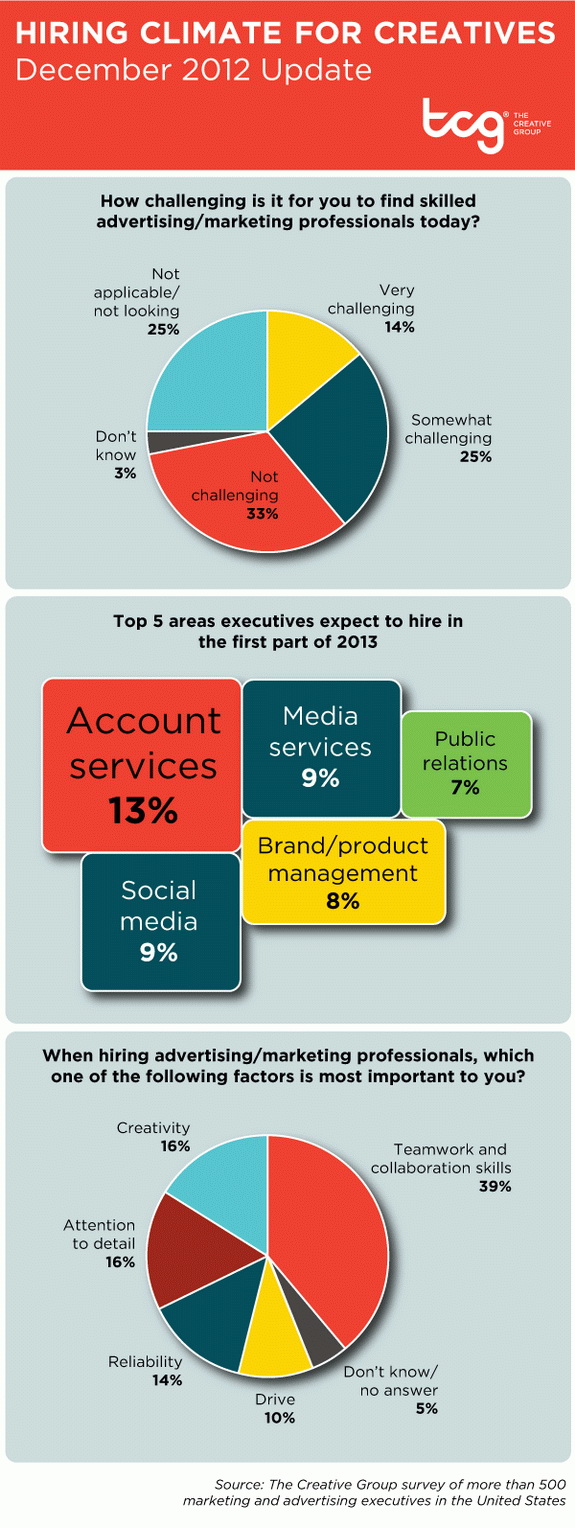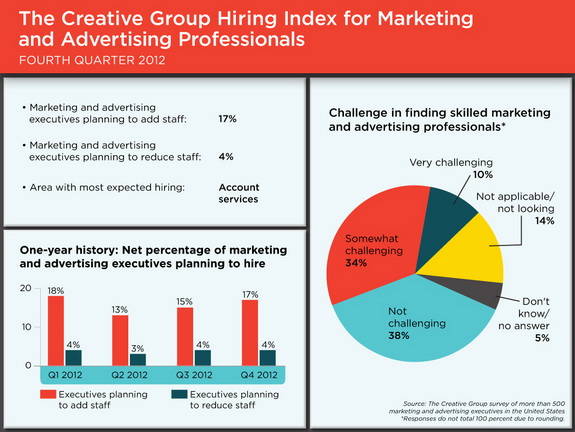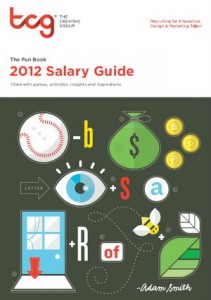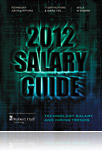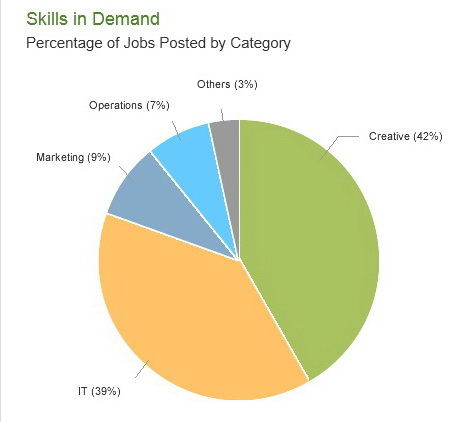In a widely shared presentation on Internet trends, Mary Meeker of the venture-capital firm KPCB (Kleiner, Perkins, Caufield, & Byers) presented statistics about the global growth of the Internet and rapid adoption of mobile devices (smartphones, tablets, and e-readers). It’s worth reading, partly because the ideas contained here will help influence the thousands of entrepreneurs who dream of creating business plans worthy of receiving start-up funds from companies such as KPCB.
KPCB Internet Trends 2012 from Kleiner Perkins Caufield & Byers
Once you get past the first section with all of the basic stats, the next two sections can give you a much broader understanding of what the trends means and how they might affect your life and career. In Section 2 Meeker talks about the re-imagination of nearly everything. In Section 3 she discusses the rise of the “Asset-Light” generation and an economy based on sharing things instead of owning them.
Re-Imagining How We Live and Work
Meeker summarizes all of the things that entrepreneurs and technology providers have helped us “re-imagine” over the past couple of decades.
For example, when we do research, we no longer rely on printed encyclopedias that are updated annually. Instead, we turn to Wikipedia because it is updated in real-time. And instead of waiting for newspapers or TV shows to deliver news that has been gathered by reporters, we check our Twitter feeds for headlines that are being written and shared by people around the world. Navigation technology has replaced the need for printed maps and the popular Evernote app has changed the way we take notes. Technology has changed how we shop, pay for things, recruit employees, read books, and preserve memories. We use Pinterest in place of scrapbooks.
Computers, too, have also been re-imagined. Soon, fewer of us will use keyboards and mice with laptop and desktop computers. Instead, many of us will rely almost exclusively on smartphones and tablets that respond to our touch and voice.
Areas currently in the midst of being “re-imagined” include education, healthcare, and employment:
- People will be able to attend classes anytime and anywhere they choose;
- Consumers can use technology to track and analyze data about their health and fitness;
- Companies will hire fewer permanent staffers and rely more on temporary employees.
Education, healthcare, and staffing are ripe for re-imagining because billions of dollars could be saved by reducing some of the costs associated with delivering effective healthcare, providing high-quality education, and employing full-time workers.
Sharing Assets Instead of Owning Them
Meeker also talked about the rise in the “asset-light” era, in which people will focus less on acquiring more things and more on accessing what we want, when we want it. For example, instead of purchasing collections of physical books, magazines, music CDs, and movie DVDs, we will access digital content on-demand when we want it.
The biggest advantage of adopting an “asset-light” lifestyle is that it will require less time, space, and money than buying, storing, organizing, and maintaining collections of stuff.
Companies that use flexible staffing services will not only spend less on employee benefits, but also will spend less on building, furnishing, and maintaining offices.
How Creative Pros Are Affected
After you read through Meeker’s presentation, you will see how some of the news and posts on this blog provides concrete examples of the mega-trends she outlines.
For example, in her presentation, Meeker noted that Photography is one area that already has been re-imagined. Instead of toting around a dedicated camera and removing the film or card to process the images, more of us are using smartphones to capture, edit, and share photos instantly.
As it has become easier for photography enthusiasts to shoot better pictures and sell them, many professional photographers have “re-imagined” their own businesses to serve other fields that are being re-imagined, including art, communications, publishing, and marketing. (See: Guide Suggests Ways to Rethink Your Photography Business for the New Economy and New App Helps You Sell iPhone Images at Stock Photos and Photographer Uses Aurasma to Bring Still Photos to Life)
Art. In previous posts on this blog, I have written about new ways for collectors to view, buy and display art. Meeker’s comments about the asset-light generation made me wonder how technology is going to affect the next generation of art collectors.
Will art lovers from the asset-light generation prefer to “rent” art instead of buy it? (See post: Subscription Art Service Benefits Art Lovers and Artists). Will they buy displays on which they can digitally display works that they store in the clouds (See: Collect Limited-Edition Art in Digital Form and Digital Canvas and Other Advanced Displays at Miami Art and Design Shows and Art2p0 Enables Artists to Sell Work for Digital Display)
It’s too soon to tell how quickly some of these ideas will take hold, and how these trends will affect opportunities for artists.
Publishing. The re-imagination of books and magazines for publication on mobile devices has disrupted the traditional publishing business. It has also required authors, designers, and photographers to re-evaluate what skills and services they should develop.
Since book authors are already expected to build their own platforms for gaining name recognition needed to sell their books, traditional publishers shouldn’t be surprised that many authors may choose to self publish their work first, either as an e-book or on-demand printed book. (See: Digital Book World Conference Looks at Business Challenges to Traditional Publishers)
But now that books are being “re-imagined” for multimedia and/or transmedia formats, the role of publishers and editors will change too. Traditional publishing companies will not only be responsible for editing the written content and designing covers, but orchestrating the production of video and audio elements as well. (See: Publishing Enhanced Novels May Require Teams of Writers, Artists, and Musicians)
Design. Meeker’s presentation talks about how product design has been re-imagined. Instead of using in-house R&D teams to design products in secret, companies are turning to open, crowdsourced design, collaborative design, online broadcast of product evaluation, and 3D Printed Prototypes. The rationale behind this trend is described in detail in Chris Anderson’s book: “Makers: The New Industrial Revolution.” (See: Will 2013 Be the Year of the Makers?)
A survey on the website GraphicDesign.com revealed mixed feelings about the practice of crowdsourcing design. (See: What Do You Think About Crowdsourced Design?)
Creative Solopreneurs. In her presentation, Meeker notes that instead of hiring full-time fixed-cost employees, companies will use online staffing services such as oDesk, Freelancer, onForce to employ people on-demand. While it’s easy to understand why this trend might appeal to employers, the rethinking of “jobs” can also benefit creative solopreneurs.
As discussed in previous posts on this blog, the rise of the independent workforce enables you to earn income from projects that genuinely excite you while retaining enough time and freedom to pursue personal projects. (See: New World of Work Requires Attitude Shift and Freelancers Can Thrive in New Era of Indpendent Workers and Fast Company’s Career Advice for Generation Flux)
As Chris Anderson points out in his book “Makers,” everyone can be an entrepreneur. Thanks to the rise of the Internet and mobile devices, we all have easy access to the tools to design new products, fund new ventures, and market what we create. Plus, with the Internet, every new company instantly has access to a global market.
Some entrepreneurial owners of printing businesses and photo labs have already re-imagined their own businesses in a way that makes it easier for creative professionals to sell their art, photography, and designs to global audiences. These types of services provide printing, marketing, and fulfillment support to creative pros who don’t want to worry about marketing their products or developing or managing their own e-commerce websites. (See: Specialty Printing Sparks Opportunities for Creative Entrepreneurs and VivoPrint Enables Designers and Photographers to Sell Customized Products Online and Thumbtack Press Helps Artists Reach New Collectors )
Conclusion
As a writer, photographer, designer, or artist, it can sometimes seem as if your field is the only one in which the traditional ways of selling your work are being disrupted. Meeker’s presentation can help you see why it’s pointless to gripe about changes such as crowdsourced design or super-low-cost article writing.
In her presentation, Meeker notes that many areas of our lives will continue to be re-imagined. She believes that “The magnitude of upcoming change will be stunning.” Because of the Internet and changes in the global economy, fearless (and connected) entrepreneurs can take advantage of low start-up costs, innovative productivity tools, distributed work, and the ability reach millions of new users in record times. She also envisions consumers having beautiful, relevant, personalized, and curated content.
Meeker believes the Internet will continue to make it easier for consumers to get what they want when they want it, while making it easier for crafty and flexible people to make money.
LINKS
Slideshare Presentation: 2012 Internet Trends by Mary Meeker, KPCB

